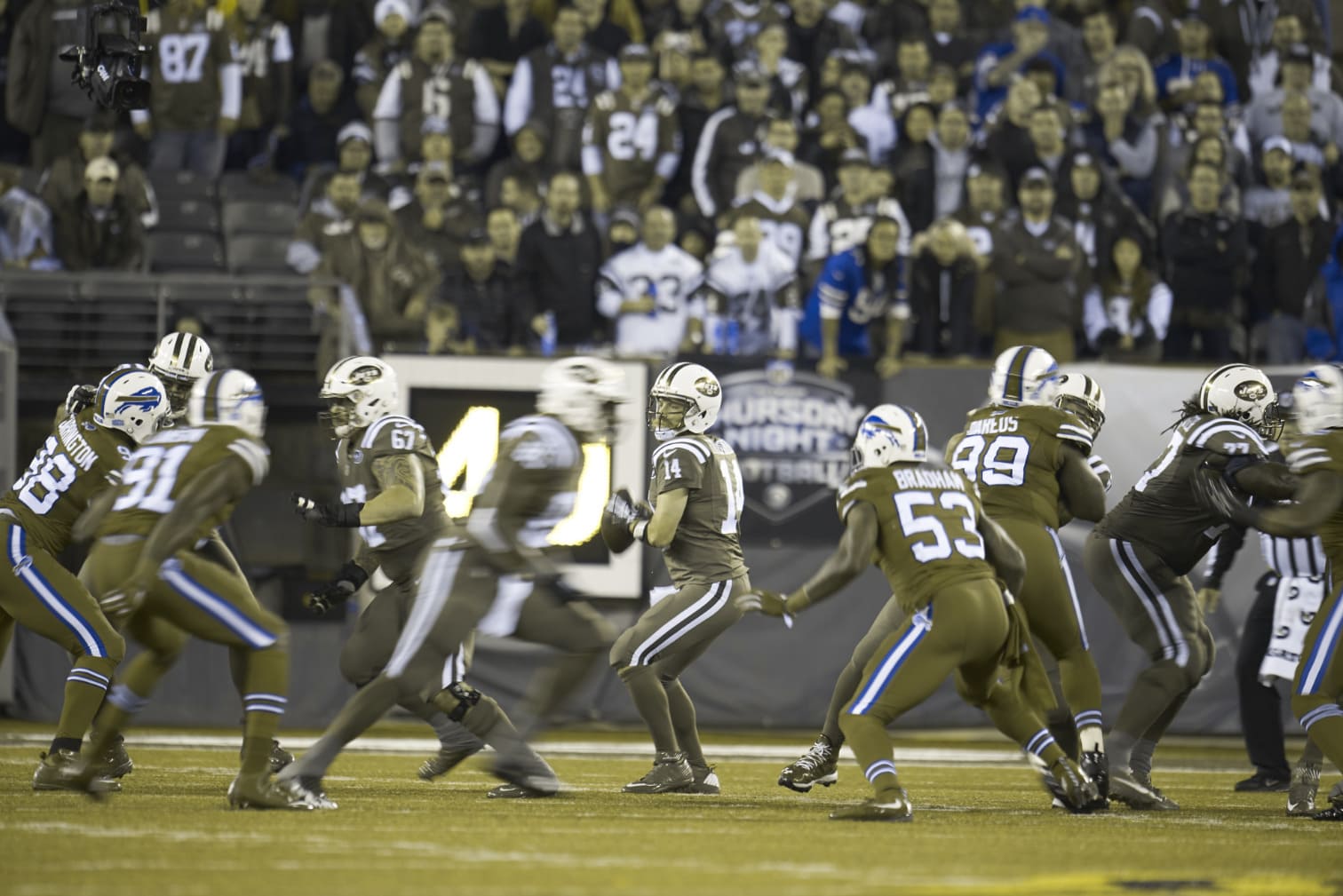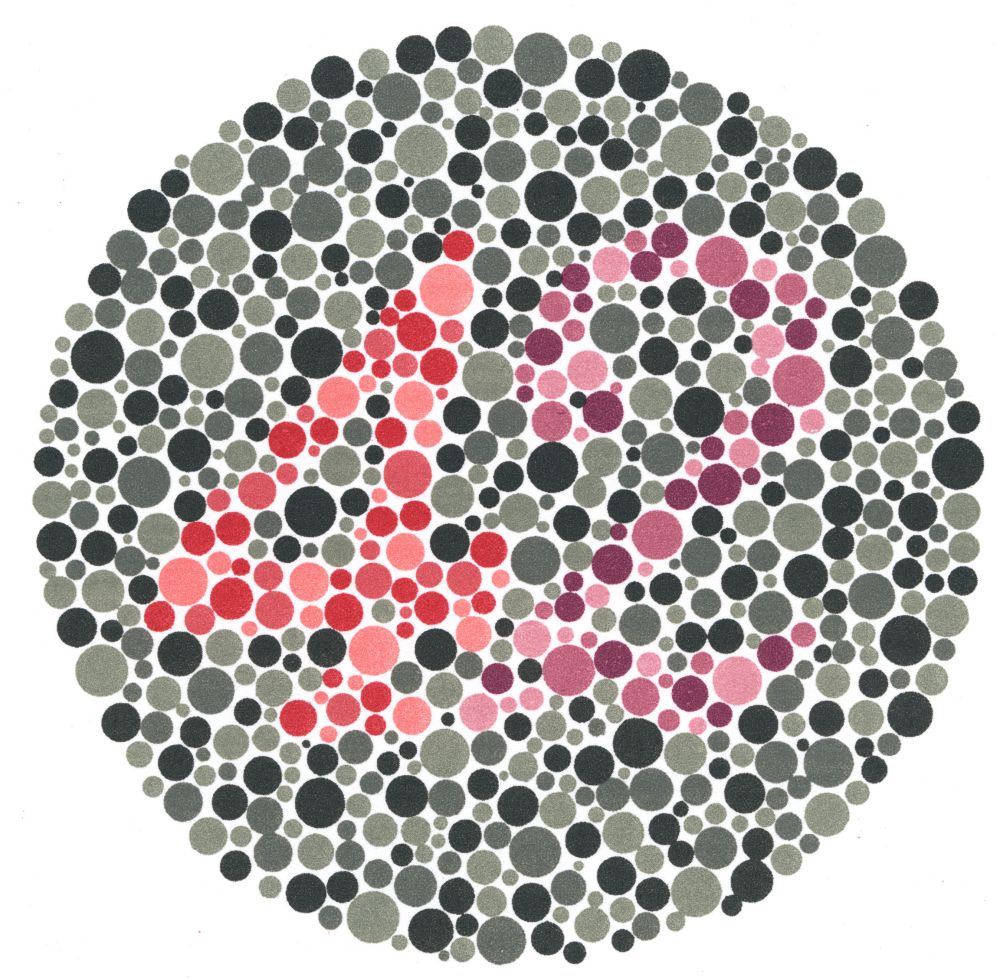Video transcript
WENDY BRUNDIGE: When I pull up to a traffic light, sometimes I don't know what color it is, and if it seems safe, I just kind of roll the dice and go. And I understand that that's not how other people drive.
JACK REGAN: If I make a steak, I'll bring it in, thinking it's totally done, and it'll be really rare. I just can't see that it's red. It's probably unhealthy.
RACHEL CRANE: So, I'm out with a couple of CNN producers who also happen to be color blind, and these glasses are supposed to help with that.
WENDY BRUNDIGE: OK, I think these kind of work.
RACHEL CRANE: Let me explain colorblindness, because it doesn't mean that you see the world in black and white, it means that some colors may seem a little duller, and others may just blend together. And it's not as rare as you might think. It effects between 8% and 12% of men, and up to 1% of women in the US.
WENDY BRUNDIGE: I definitely see more shades. Like, that tree that looks kind of yellow, looks actually more orange.
RACHEL CRANE: That one back there?
WENDY BRUNDIGE: Yeah, that one back there. And this, I can tell it's a little bit darker than that one.
RACHEL CRANE: The glasses are made by a company called EnChroma. According to their online test, Jack's eyes absorb too much green light. He's always struggled with the difference between blue and purple.
Those look any different to you?
JACK REGAN: Things look I think a little more vivid, like I turned the saturation up on the TV almost.
RACHEL CRANE: Wendy's eyes, on the other hand, don't absorb enough green light.
Before, could you see like the difference between the trunks and the trees-- the leaves?
WENDY BRUNDIGE: No. Now I can.
RACHEL CRANE: And now you can see that?
WENDY BRUNDIGE: Yeah. That's amazing.
RACHEL CRANE: They're both forms of what's known as red green color blindness. The thing is though, it's kind of a misnomer. Seeing too much or too little green changes the way you see other colors. Purple and blue, for example, can start to blend together.
What color are those flowers behind us now?
JACK REGAN: Those look purple.
RACHEL CRANE: They're purple?
JACK REGAN: Yeah.
RACHEL CRANE: Now take them off. What color do they look like?
JACK REGAN: They look blue.
RACHEL CRANE: The glasses work by shielding your eyes from the part of the spectrum where red and green overlap the most.
Granted, this is a blue-purple, but it's definitely purple.
JACK REGAN: I think it's a little more purple with them on, I wouldn't say it's a big change.
WENDY BRUNDIGE: Holy crap. The world looks significantly different to me.
RACHEL CRANE: Do you like it better?
WENDY BRUNDIGE: Yes.
RACHEL CRANE: Wait, can I try them on too? Because apparently they work on non color blind people too, that it makes everything just look trippier, as they say. I'm not kidding. Oh whoa, you're right, it totally does!
WENDY BRUNDIGE: It totally looks different.
RACHEL CRANE: It totally does. Yes! Whoa!
Bottom line, they worked pretty well for Wendy, not as great for Jack. But I can tell you, from personal experience, I saw the world in a whole new light.





